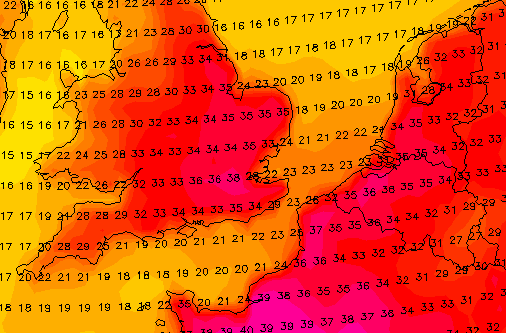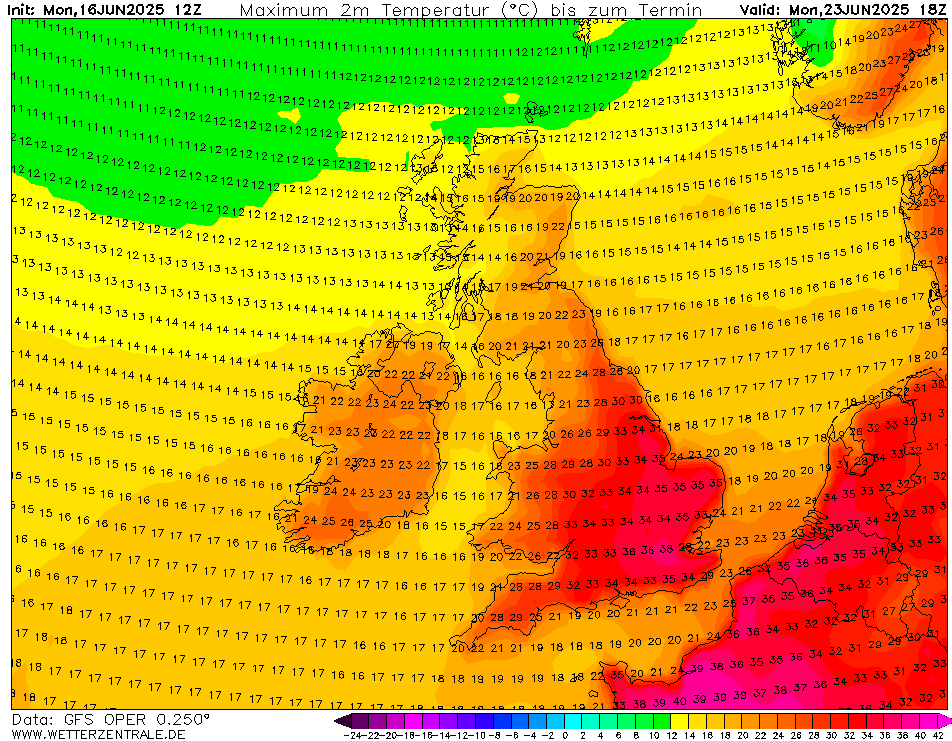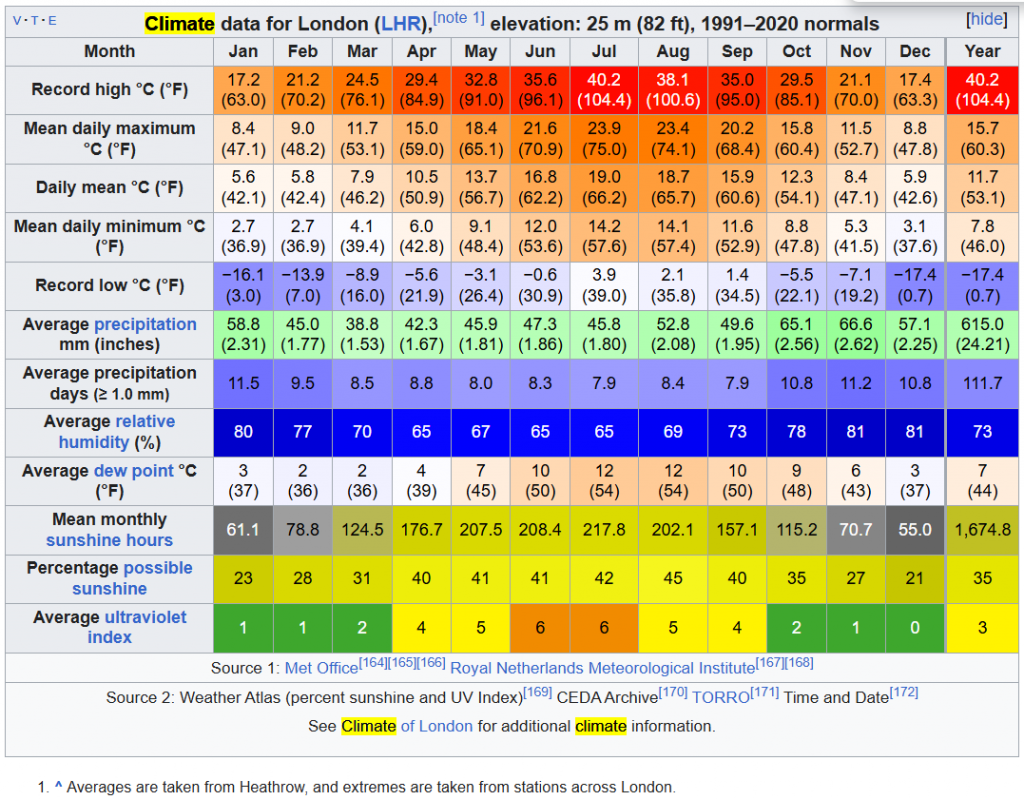
London may be on the brink of a record-shattering heatwave. Forecasts are suggesting that the British capital could see temperatures soar to a sweltering 38°C (100°F) in just six days — a figure rarely seen in this historically temperate region.
As meteorologists forecast a blistering heatwave for London, all eyes are on a key number: 35.6°C — the capital’s current June temperature record. That benchmark, set during the June 1976 heatwave, has stood for nearly half a century. But now, with temperatures predicted to climb as high as 38°C within the next six days, that long-standing record could soon fall.
📅 A Historic Benchmark: June 1976
The summer of 1976 has become part of UK weather folklore. It was hot, dry, and relentless. In June of that year, London recorded 35.6°C — the highest June temperature the city had ever seen. The record held through decades of relatively moderate Junes, only threatened occasionally by shorter bursts of early summer heat.
Until now.
This development is raising serious concerns about the frequency and intensity of extreme weather events across Europe, and how woefully unprepared many urban areas may be.
🔥 A City Unused to the Furnace
While Londoners are no strangers to rain and overcast skies, heatwaves of this intensity are still a relatively new phenomenon. The UK’s highest recorded temperature was 40.3°C, reached in July 2022 in Coningsby, Lincolnshire. London itself hit 40°C that same summer — an unprecedented milestone.
Now, just three years later, forecasts suggest a +38°C heatwave could be returning — not in late July, but as early as mid-to-late June.
Why so soon?
Climate scientists point to a persistent high-pressure system parked over Western Europe — colloquially known as a “heat dome” — which traps warm air and intensifies heat. This dome is being fed by hot Saharan air masses being pushed north by changing jet stream patterns.
🏙️ Urban Vulnerability and the Heat Island Effect
London’s vast expanse of concrete, glass, and tarmac makes it particularly vulnerable to the urban heat island effect, where built-up areas trap heat far more than surrounding rural zones. During heatwaves, nighttime temperatures can remain stiflingly high, denying residents — especially the elderly and vulnerable — the chance to cool down.
Air conditioning, once rare in UK homes, is still not the norm. With rising temperatures, this gap in infrastructure becomes more than just inconvenient — it’s a public health risk.
🧓 Public Health Systems on Alert
NHS England has already issued preliminary heat health warnings, urging people to:
- Stay hydrated
- Avoid strenuous activity during peak afternoon hours
- Check in on the elderly, children, and those with chronic illnesses
- Use curtains or reflective materials to block direct sunlight indoors
A 2022 report by the UK Health Security Agency estimated that over 2,800 excess deaths were associated with heatwaves that year. With climate trends accelerating, that number could be much higher unless action is taken.
🌍 Climate Change: From Future Threat to Present Reality
The potential +38°C in London is not just a meteorological headline. It is a symptom of a larger, systemic issue: the climate crisis is no longer a distant concern — it’s here.
According to the UK Met Office, what used to be a “1-in-100 year” summer heat event may now occur every 3–5 years due to global warming. Without dramatic cuts to global emissions, these extreme events could become the new normal.
🧭 Looking Ahead
Whether or not the +38°C mark is reached in six days, the fact that it’s even plausible in June is alarming. For Londoners, this is a call to prepare — not just for the upcoming heatwave, but for a hotter, more volatile future.
Stay safe, stay cool, and stay informed.

Source: https://www.wetterzentrale.de/

Detail.

Source: https://en.wikipedia.org/wiki/London


























